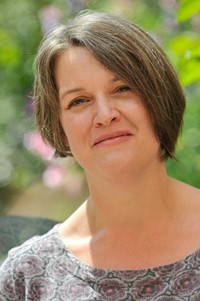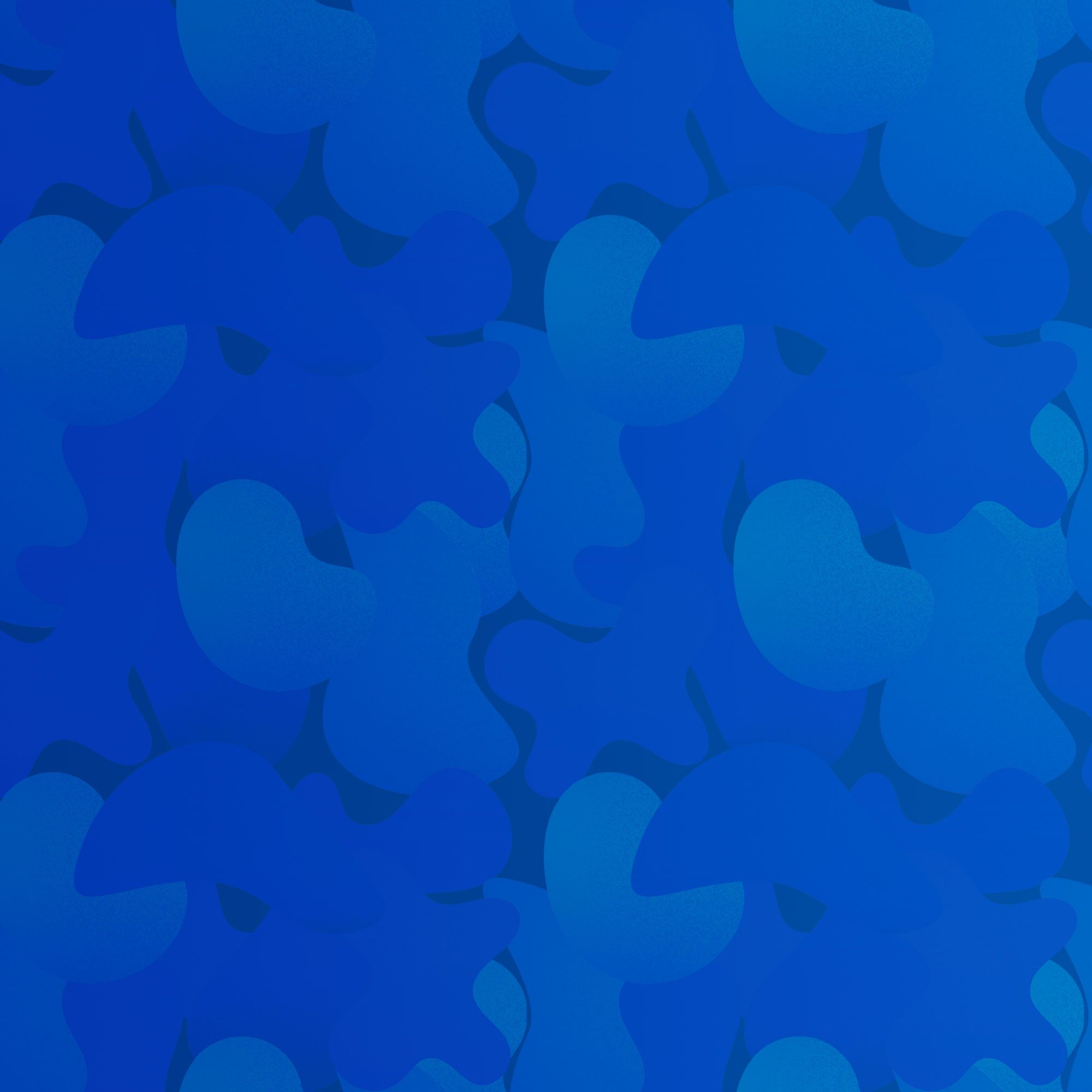Polly Faber


About Author
Polly Faber's new picture book, Recycling Day: What Happens to the Things We Throw Away, follows our recycling through its different processes and shows how rubbish can be re-used.
Polly Faber grew up reading - her grandfather set up publisher Faber & Faber - and then studied English at university, and wrote and performed in comedies. While she trained as a midwife, she preferred to write books for children, including Picking Pickle and the Mango and Bambang books. Today she lives in North London with her husband and two sons.
Illustrator Klas Fahlén lives in Stockholm. He is inspired by Picasso and the contemporary Swedish illustrator Stina Wirsen. Klas Fahlén is known for his simple, elegant lines. His illustrations are colourful, sharp and imbued with subtle humour.
Interview
Recycling Day: What Happens to the Things We Throw Away (Nosy Crow)
March 2025
Young children are fascinated by 'bin day' and Recycling Day: What Happens to the Things We Throw Away helps them understand what happens to our rubbish and how it can be recycled - and also encourages them to re-use things rather than throw them away.
We spoke with author Polly Faber, who introduces the book and also gives us her top three positive facts about recycling in this month's Q&A, and tells us about her Understanding the World series for young children.
Review: 'This book is perfect to encourage awareness about the importance of recycling and reusing rather than throwing away.'
Q&A with Polly Faber: Exploring recycling, rubbish and the Understanding the World series.
"I wanted to keep the book quite gentle and factual as it's for young children but there's no shying away from the
ever-increasing problems of global rubbish disposal."
1. Recycling Day: What Happens to the Things we Throw Away is part of a series of non-fiction picture books about our world. What are the other books in the series?
It's the third book I've collaborated on with Klas Fahlen. The first one was Building A Home, which was all about the people and machines involved in construction work, and the second was Special Delivery - A Book's Journey Around the World, which covered some of the different vehicles and processes involved in the transportation of everyday things we take for granted. In addition I have another Nosy Crow non-fiction book illustrated by Harriet Hobday called All Through the Night about the jobs people do at night.
2. How do you plan and research these non-fiction books, and how do you engage the reader in your Understand the World series?
They tend to come about by me becoming interested in a process myself and wanting to learn more about it! Cranes and container ships inspired the first two books; this one came about in part through walking along the Thames Estuary path and passing both landfill sites and recycling depots.
Non-fiction books can be quite densely fact filled and, while there's a place for those books, sometimes a younger audience (and an older children's author!) need something a little simpler to introduce a concept. By adding a simple narrative framework I hope they become non-fiction books that are easy for a parent to share as a bedtime story and discussion tool, too.

3. What will children learn about in Recycling Day: What Happens to the things we throw away?
They'll learn about the destinations of all the different sorts of things we throw away, both recyclable and non-recyclable. So about how old cans, glass, plastic, food scraps and paper can be turned into new things to use, but also about rubbish incinerators and landfill sites.
4. What does the book say about how we live our own lives, too, and the rubbish we all create in our own homes? Have you made any changes at home since creating this book?
I wanted to keep the book quite gentle and factual as it's for young children, but there's no shying away from the ever increasing problems of global rubbish disposal. I hope it will inspire slightly more thoughtful consumption and make the 'work' (that anyone of any age can get involved with) of throwing things away in the right place feel worthwhile. I think Klas's cross-section of a landfill site will inspire some good family discussions.
Researching this book has definitely made me a more informed and thorough recycler - particularly about dealing with food scraps and green waste and making sure that doesn't go in the main bin, where I know the gases it produces will cause problems down the line.

5. How did you research recycling, and how the process works, especially when some of the process is quite complex, and also some rubbish goes abroad?
My YouTube research history certainly looks quite eclectic and I am grateful to live in an era where real life waste management operatives freely share insights into their working lives. It was also great to get the final manuscript read by an expert.
You're right that the processes are complex, not always unproblematic and that there is variation from country to country, but actually the issues and approaches taken to balancing them are surprisingly similar worldwide.
It was important for me that the book, while not shying away from the problems of waste management, stayed focused on facts to not become overwhelming or anxiety-inducing for the age group it's designed for. I want a kid watching bin lorries through a window to be able to imagine where they are going next. Hopefully that's the first step and the next one is feeling agency about ways they can help reduce that lorry's load.
6. What are your top three facts from what you found out about recycling?
In answering this question it's tempting to put down some of the more depressing facts I learned but let's stick with some positive ones that show change is possible:
i) We've become loads better at bringing our own bags to do shopping. Since charges were introduced, our use of new bags has dropped by 98%
ii) Electronic goods are really important to recycle as they contain precious metals that are easy to melt down and reuse. All 7000 gold, silver and bronze medals at the Tokyo Olympic Games were made from metal collected from discarded electronic items.
iii) Some unexpected things can be made out of recycled plastic bottles including sunglasses, coloured pens, trainers and even (with nice circularity) litter pickers!
7. What did you think of the final illustrated book, with illustrations by Klas Fahlen?
As ever I'm thrilled by his style and colour palette - the biggest kick for any picture book author is always seeing the amazing work of a picture book illustrator let loose on their words. Bins and rubbish have never looked so inviting! I hope children will respond to all the simplified but still accurate machines and processes on display.
8. Can you suggest any activities or discussions to take what children learn from the book further?
At the end of the book there are several ideas for how children can take an active role in reducing the amount of rubbish we create. It might be a simple as getting everyone involved in being a 'packaging detective' to make sure things in the home/classroom are always reused or disposed of in the best possible way - but junk modelling, a toy swap or even whole school compost making could be good follow ups.
It's also interesting to consider what we know about older civilisations from their excavated rubbish and discuss what people in the future will know about us from ours.
9. Do you have more non-fiction picture books planned? Can you recommend any others that you've enjoyed?
I'm hoping to write some more books exploring everyday science for younger children. My father was an academic and a physicist and it's been great to grapple again with some of the big concepts he despaired of me ever grasping and break them down to mine and a five-year-old's level!
I really enjoyed Welcome to Our Table - A Celebration of What Children Eat Everywhere by Laura Mucha and Ed Smith, illustrated by Harriet Lynas - food is always a great discussion opener with kids.
10. Do you have another Understanding the World books planned? What are you writing currently, and what do you most enjoy about being an author?
The fourth in the series with Klas is already written and is called From Seed to Sandwich, which may give you a clue to its content. I love the craft of reducing complex ideas to something more easily digested and hopefully expanding other's understanding of the world as I expand my own.
School events: l always enjoy visiting schools and can tailor a day with my books to fit topic studies. Recycling Day lends itself well to a classroom workshop of active recycling but for larger numbers, an assembly where we share the book and then brainstorm ideas about rubbish management together works well. Schools can contact me through my publisher or direct through social media.
Understanding the World: Special Delivery: A Book's Journey Around the World (Nosy Crow)
If you have ever wondered how a book makes the journey from China to your local bookshop, then Special Delivery: A Book's Journey Around the World by Polly Faber, illustrated by Klas Fahlén, will answer all your questions, with its careful explanation of how a book reaches its final destination including all the vehicles involved in its transport. The book is the latest in a series by Polly Faber, including Building a Home and All Through the Night.
 Recycling Day: What Happens to the Things We Throw Away
Recycling Day: What Happens to the Things We Throw Away
 Special Delivery: A Book's Journey Around the World
Special Delivery: A Book's Journey Around the World
 All Through the Night: People Who Work While We Sleep
All Through the Night: People Who Work While We Sleep
 Building a Home
Building a Home
